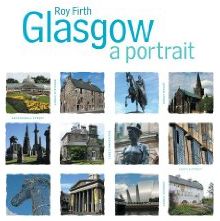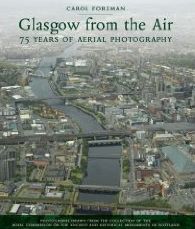  |
City of GlasgowGovanhill
|
  |
Photographs of the Govanhill region of Glasgow
Entrance
to Queen's Park
at Victoria Road |
|
Govanhill
Library
Opened in 1906, Govanhill and Crosshill District Library is one of twelve libraries constructed with Andrew Carnegie's gift of £100,000 to the city in 1901 |
Calder Street Public School ( now
Holy Cross Primary School ) A Baroque-style, red sandstone building
built in 1914. |
Hutchesons'
Grammar School ( "Hutchie" ) in Kingarth Street
Founded by the brothers George and Thomas Hutcheson in 1641 and opened originally to educate orphans. The Kingarth Street building, by Thomson and Sandilands, opened in 1912. Recognised as an outstanding building - described as a “Renaissance palazzo with Baroque details and two stair towers” became a listed building in 1992 |
Govanhill
Picture House
The Govanhill Picture House opened in 1926 featured a unique Egyptian-styled facade, with columns and a moulded scarab above the entranceway. |
Govanhill
Trinity Church
A 19th Century building - founded as the Govanhill United
Presbyterian Church. It was
built between 1878 and 1880 in a geometric Neo-Gothic style. |
New Bridgegate Church
Occupying a corner site, and associated with the earlier church hall built alongside ( 1915 ), this red sandstone church was built in 1922-3 in a Scots Gothic style. |
 Hampden Bowling
Club
Site of the original Hampden Park Stadium Opened in 1873 - home of Queen's park FC |
Crosshill Queen's
Park
Church
( formerly Queen's Park High Church ) |
Glencoe | Ben Nevis | Knoydart | Isle of Skye | Isle of Arran | The West Highland Way
The Eastern Highlands | The Central Highlands | The Southern Highlands | The NW Highlands